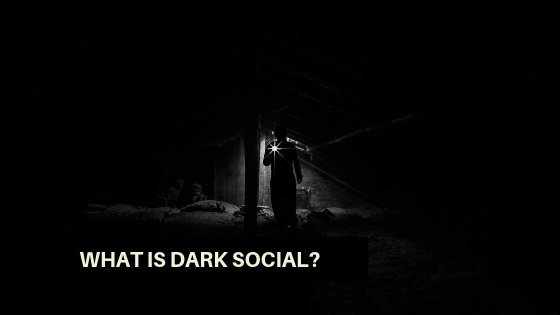The success of any business is related to several elements, among them decision making is critical. Managing and running a successful business requires making several decisions on a daily basis. On average, each manager makes about three billion decisions each year. Financial performance of the company will determine the effectiveness of these decisions.
Traditionally, decision making in organizations has been more art than science. Most of the decisions were made according to the theory of rational choice. The main reason was that most managers didn’t have access to accurate information until recently.
Conversely, although most managers now claim that their decisions are rational, it turns out that the truth is something else. Many business’s decisions are made without applying logic and expertise, carefully weighing alternatives and providing and filtering relevant evidence. It must be obvious what the result is.
Many managers think that they are great decision makers but the reality is something else. Because in most cases the results of these decisions are not tracked in the organizations, these managers convince themselves and others that the obtained decisions were the right ones.
In most cases, the reasons for this bad judgment were as followings: cognitive biases, limited attention spans, and managers tendency to overestimate their abilities in the fields that they know very little about. These reasons may cause separately or collectively to unsatisfied results.
Solutions that help managers in their decision making
There are different solutions that can help managers in their decision making processes. Among them, the application of best practices and technologies based on behavioral economics in businesses can lead to better and faster decisions. Consequently, these solutions will help managers to better meet the expectations or even exceed them.
Tracking decisions will provide managers relevant data so they can determine the effectiveness of their decisions and select best practices among them. Unfortunately, many managers don’t usually apply best practices when they are going to make a decision. They ignore this fact that the application of best practices will increase the effectiveness of their decision making.
Other solutions are available for increasing the effectiveness of decision making in an organization including placing a system for this process. This system constantly measures and improves the conducted decisions in an organization over time.
Process of effective decision making
1- Defining the decision precisely
There isn’t a single method for making all decisions. Each decision in an organization requires a specific process of decision making.
2- Gathering related information and data
Different research methods are available for gathering required details in decision making process. Among them, secondary and primary research methods can be named.
3- Determining different alternatives
Selecting different resources that might be useful in obtaining the under-questioned decision.
4- Considering the critical factors
All the attributes and factors that may influence the decision must be precisely determined. Then, all the gathered information from previous steps must be assessed and critical factors that will significantly influence the decision must be determined.
*Consider that all the obtained decisions in an organization must be in accordance to the company’s goals, objectives, and brand values.
5- Select the right alternative
After determining the critical factors and defining different alternatives, the best possible option must be selected.
6- Implementation and evaluation
For implementing the decision, all the required actions must be taken.
Evaluation of the decision is very important. Very few companies keep track of their decisions after their implementation. These organizations don’t follow the outcome of these decisions on their business and don’t check how these decisions turned out after execution. The result is, they can’t make any basis, solid reasoning and best practices for their future decisions. For avoiding this situation, all the changes that happen as the consequence of the decision must be monitored. After a while, all the decisions must be reviewed and achieving the desired results must be assessed.



